Description
This work has been selected by scholars as being culturally important, and is part of the knowledge base of civilization as we know it. This work was reproduced from the original artifact, and remains as true to the original work as possible. Therefore, you will see the original copyright references, library stamps (as most of these works have been housed in our most important libraries around the world), and other notations in the work. This work is in the public domain in the United States of America, and possibly other nations. Within the United States, you may freely copy and distribute this work, as no entity (individual or corporate) has a copyright on the body of the work. As a reproduction of a historical artifact, this work may contain missing or blurred pages, poor pictures, errant marks, etc. Scholars believe, and we concur, that this work is important enough to be preserved, reproduced, and made generally available to the public. We appreciate your support of the preservation process, and thank you for being an important part of keeping this knowledge alive and relevant.




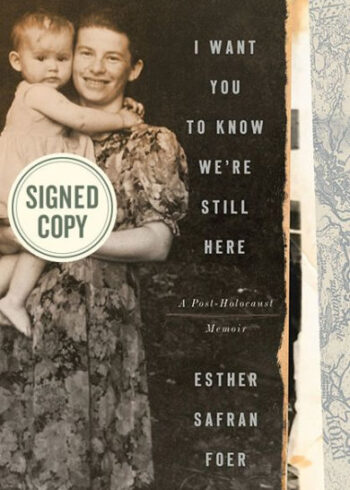









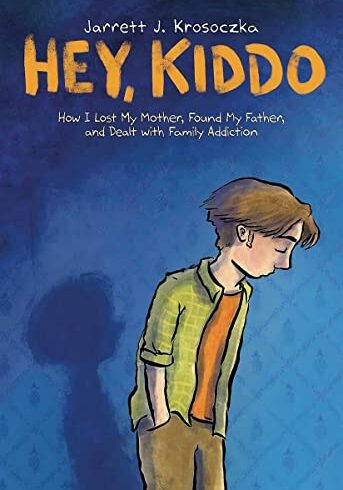
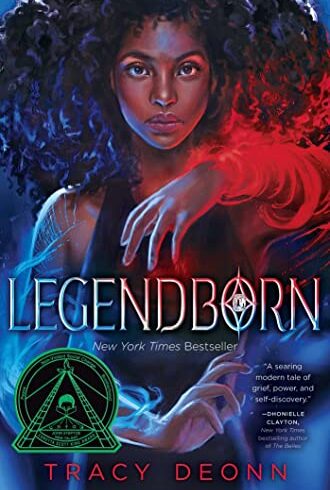
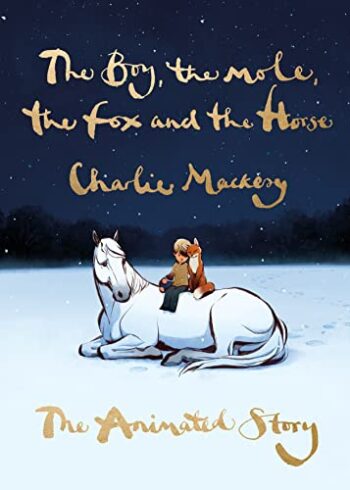
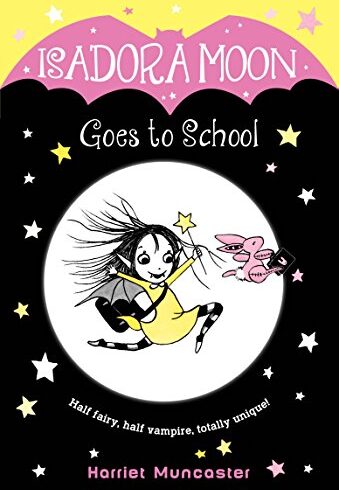

Gary Carden –
Killers of the Flower Moon by David Grann, New York: Doubleday, $28.95 – 339 pages, “The whites have bunched us up down here in the backwoods,, the roughest part of the United States, thinking ‘we will drive these, Indians down to where there is a big pile of rock and put them there, in that corner.’” Now that pile of rock has turned out to be worth millions, of dollars; now everybody wants to get in here and get some of the money.”, –Osage Chief Bacon Rind., Perhaps the most remarkable aspect of David Grann’s Killers of the Flower Moon is the fact that despite the author’s painstaking research, and his marvelous use of period photographs and documents, this factual account of historic events attending “The Osage Murders” contains the atmospheric suspense and tension that is normally associated with a classic murder mystery. In fact, Grann has written a murder mystery – One that asks who methodically killed hundreds of Osage Indians during a four-year reign of terror (1920-24). Osage history reveals the tragic details of how and why., Forced to move from Kansas to Oklahoma, the Osage tribe seemed to be destined to lives of abject poverty when they suddenly found itself catapulted into a world of excessive wealth. Oil is discovered on tribal land. Suddenly, every member of the tribe is potentially wealthy. In an attempt to control the chaos that ensued, the federal government created a document called a “headright” which gave each Osage household legal rights to the oil on their land. After a period of uncontrolled spending in which members of the Osage tribe acquired mansions and fleets of automobiles, the government attempted to control the excessive spending by establishing a “guardian system” which assigned a “legal guardian” to each Osage family., This “guardian” (usually a white banker, businessmen or “civic-minded citizen” was given the power to approve or deny all expenditures for the Osage tribal member (who had been judged to be “incompetent”) by the government. The system was badly flawed, and many of the guardians used their position to embezzle huge sums of money. In time, the guardian documents became bargaining chips in investing in business ventures. Hundreds of guardians used their position as a means of acting as a “middle-man” who would purchase items on behalf of Osage tribal members. The guardian would then sell the item to the Osage for an inflated price. For example, guardians could purchase automobiles on behalf of the Osage tribal member for $250 and then sell them to the Osage member that they represented for $2,500., As the wealth of the Osage grew, so did the schemes for exploiting the tribe. Hundreds of criminals were drawn to the region with schemes designed to acquire a portion of Osage wealth. Many of these new arrivals openly stated that they had come to Oklahoma “to marry an Osage squaw.”, It was a method that frequently succeeded., However, some of these opportunists sought a more direct method: murder. Author Grann’s research discovers one individual, William Hale who had arranged for the murder of 24 members of the Osage tribe. By soliciting the help of associates, Hale became one of the wealthiest men in Oklahoma. The astonishing catalogue of slaughter is carried out by men willing to resort to any means to accomplish Hale’s goal. Dozens of victims were poisoned with tainted moonshine and corrupt medical personnel performed autopsies that listed “acute alcoholism” as the cause of death. Others were dispatched with a bullet to the back of the head or between the eyes and the victim’s body was found in his new car on a remote road. One family was killed by a dynamite blast that demolished their home. Often, Hale simply paid an assassin to kill a designated victim. Then, Hale would frequently hire a second assassin to kill the first. In those instances in which murderers were apprehended, Hale bribed juries and law officials and if all else failed, he simply paid another killer., Time and time again, government agents are assigned to investigate and in some instances, just as they uncover significant evidence, they are murdered and the evidence destroyed. One dedicated investigator called the FBI headquarters to report that he was on his way back with conclusive evidence against Hale. The next day his mutilated body is found near a railroad track. He had been murdered and thrown from the train. Another investigator’s body was found in another state, hundreds of miles away. What is most disquieting about the crimes in Killers of the Flower Moon is the awesome extent of corruption that is revealed in the book. State and government officials, medical personnel and lawyers – all are contaminated with the vice of greed. The corruption is so pervasive, the few moral and courageous individuals seem helplessly outnumbered., However, there are two remarkable people in this gruesome tale. One is Molly Burkhart, and Osage who survived the systematic murder of her family…murders in which her husband was implicated. Molly was diagnosed as a diabetic by two doctors who poisoned her insulin injections, in an attempt to slowly kill her. Molly survived and divorced her husband. The second remarkable character is Tom White, the FBI agent that pursued Hale until he brought him to justice. Much of the credit of for this amazing piece of investigative work went to the Director of the newly-created FBI agency, Hubert Hoover who turned out to be a man dedicated to his own self-interest. Through much of the investigation conducted by Tom White, Hoover managed to take credit for White’s courageous work. Jealous of any publicity directed toward agents other than himself, Hoover invariably succeeded in manipulating the factual data to his advantage., This is a remarkable work. Most noteworthy is Grann’s comprehensive account of the primitive nature of investigations in a time before forensics emerged. As a consequence, much of Tom White’s heroic pursuit of a villain who seemed to have the protection of most of Oklahoma’s judges, lawyers and public officials. However, Grann’s greatest achievement is the fact that he uncovers evidence that the total number of victims in the Osage murders exceeded the original 24 and possibly exceeded over 200.
Mal Warwick –
When Christopher Columbus arrived in the New World, an estimated 50 million people lived in the Hemisphere. Somewhere between seven and 18 million of them inhabited North America. By 1890, the population of indigenous people in the United States had been reduced to 248,000. Countless millions had died, primarily as the result of epidemic disease carried by European, and later American, settlers. By the 20th Century, hundreds of native communities eked out a minimal existence in and near the reservations where they had been forced to move., “The wealthiest people per capita in the world”, In most respects, the Osage Nation was typical of the more than 600 North American Indian “tribes.” Once numbering tens or hundreds of thousands, the Osage were masters of a vast territory spanning what are now the states of Missouri, Arkansas, and Oklahoma. Recurrent smallpox epidemics and waves of settlers dramatically reduced their numbers and forced them from the first reservation they were allocated in Kansas early in the 19th Century. Following a treaty in 1870, the survivors were forced to move into a new reservation in north-central Oklahoma that is their current home. They purchased the land, deliberately selecting an arid, hilly area unsuitable for farming in hopes that white men wouldn’t take it away from them., In 1907, a brilliant chief negotiated an agreement with the U.S. government allowing the Osage to retain all mineral rights, even if the land itself were sold. Soon afterward, oil was discovered there. The reservation sat on “some of the largest oil deposits in the United States.” By the 1920s, some three thousand Osage—a third of the number 70 years earlier—had become fabulously wealthy. “In 1923 alone, the tribe took in more than $30 million [in royalties], the equivalent today of more than $400 million. The Osage were considered the wealthiest people per capita in the world.”, Corruption, sponsored by the federal government, Killers of the Flower Moon by New Yorker staff writer David Grann reveals the consequences of this new wealth. Many Osage spent their money ostentatiously, attracting thieves, con men, and profiteers to the reservation; some white men married Osage women in what seemed an obvious ploy to gain control of their wealth. In 1921, a new federal law was passed requiring “any Osage of half or more Indian ancestry to be appointed a guardian until proving ‘competency.’ Minors with less than half Osage ancestry were required to have guardians appointed, even if their parents were living.” Prominent local white men such as lawyers, bankers, businessmen, and ranchers were appointed as guardians. The scene was set for corruption. “One government study estimated that before 1925 guardians had pilfered at least $8 million directly from the restricted accounts of their Osage wards.” But even that massive thievery didn’t satisfy the local powers-that-be., Two dozen murders in four years, none of them solved, In 1921, two Osage unrelated to each other were found murdered, and more than 20 others followed by 1925. Investigations by the local sheriff were bungled badly. “Virtually no evidence had been preserved from the various crime scenes.” Private eyes brought in to investigate failed to discover the killers. A local lawyer obtained documentary evidence pointing to at least one of the murderers, but both he and the man who had given him the documents were themselves murdered; the documents disappeared., Enter the FBI, Pleas from the Osage council to Washington for federal intervention finally bore fruit in 1925. The Bureau of Investigation (later the FBI) under its newly appointed director, J. Edgar Hoover, dispatched a team of investigators headed by a former Texas Ranger named Tom White, who proved to be a perfect choice. Incorruptible, dogged, and knowledgeable about the new “scientific” methods of policing, White uncovered a conspiracy led by a “domineering cattleman” named William K. Hale, who was known locally as the “King of the Osage Hills.” Hale and two nephews, both of them married to Osage women, were clearly responsible for at least four murders. White put them on trial—and encountered a “litany of dead witnesses,” crooked doctors and undertakers, witness tampering, manufactured evidence, and a local jury’s reluctance to convict a white man of murdering an Indian. Only in a second trial the following year did he succeed in gaining a conviction for Hale, one of his nephews, and an accomplice., More murders than ever revealed, In researching the “Osage Reign of Terror” eight decades later, Grann came across claims again and again that the 24 murders that brought in the FBI only hinted at the scope of the killing. Through exhaustive digging in archival records, he turned up evidence that the murders had begun at least three years before 1921 and lasted for six years after 1925. “Scholars and investigators who have since looked into the murders believe that the Osage death toll was in the scores, if not the hundreds.” Grann ends this deeply engrossing and troubling book quoting Cain after he killed Abel: “The blood cries out from the ground.”, Killers of the Flower Moon is David Grann’s second book. The first, a New York Times bestseller, was The Lost City of Z: A Tale of Deadly Obsession in the Amazon.
Pamela J Bennett –
This book is a testament to the depths of depravity that white people will succumb to against non-whites. I could hardly put this book down while realizing that this was all true history of our nation. This author spent years studying a huge amount of background information in order to give us an accurate portrayal.
Anne Morgan –
This is a documentary narrated by the author. It brings to light what was happening to these people and the terrible corruption in our judicial system. Of course it probably isn’t any better today. This is something that should have been taught in our schools in American history. I had never heard anything about it and I grew up in Oklahoma in that area, just se of McAlester.
Christine Winter –
I had been reluctant to read this book because I knew it would contain atrocities and injustice against native Americans. However, it gave me a lot of factual information about the legal (or illegal) machinations of our government, of Oklahoma, and of the individuals involved in cheating the Indians out of their lands or their minerals. Glad I read it.